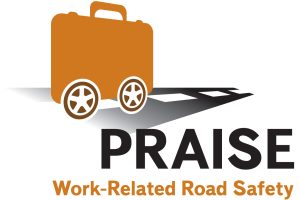 |
| ©iStockphoto.com/BrianAJackson |
In an effort to attract and keep talented staff, some companies offer unlimited vacation to employees. But according to
new research, even if given time off whenever they wanted, most workers would not change how much vacation they take:
56% of workers and 72% of executives said they would take the same amount of time off if their company changed to an unlimited vacation policy.
While unlimited time off might sound great, according to Diane Domeyer, executive director of The Creative Group, “In reality, many employees have trouble breaking away from the office no matter what the official policy as deadlines need to be met.”
Another survey by Robert Half showed that nearly 40% of employees don’t use all of their vacation time. The reasons?
About a third of those people say they have too much work, while 38% are saving it for a rainy day. Interestingly, only 3% don’t take time off because their boss discourages it.
Balance is important, says Paul McDonald, Robert Half’s senior executive director. “All work and no play doesn’t just lead to burnout—it also erodes creativity, since stepping out of your routine frequently sparks innovation.”
“Managers should lead by example, taking time off themselves and encouraging their staff to do the same,” Domeyer says.
So get packing, boss. It’s time for a little R&R.
 Safety Lately is a look at the past week in the world of OSH. This week’s show covers fire resistant clothing, new guidance from OSHA on hazard communications, and Thom Kramer’s At-Risk symposium presentation.
Safety Lately is a look at the past week in the world of OSH. This week’s show covers fire resistant clothing, new guidance from OSHA on hazard communications, and Thom Kramer’s At-Risk symposium presentation.















